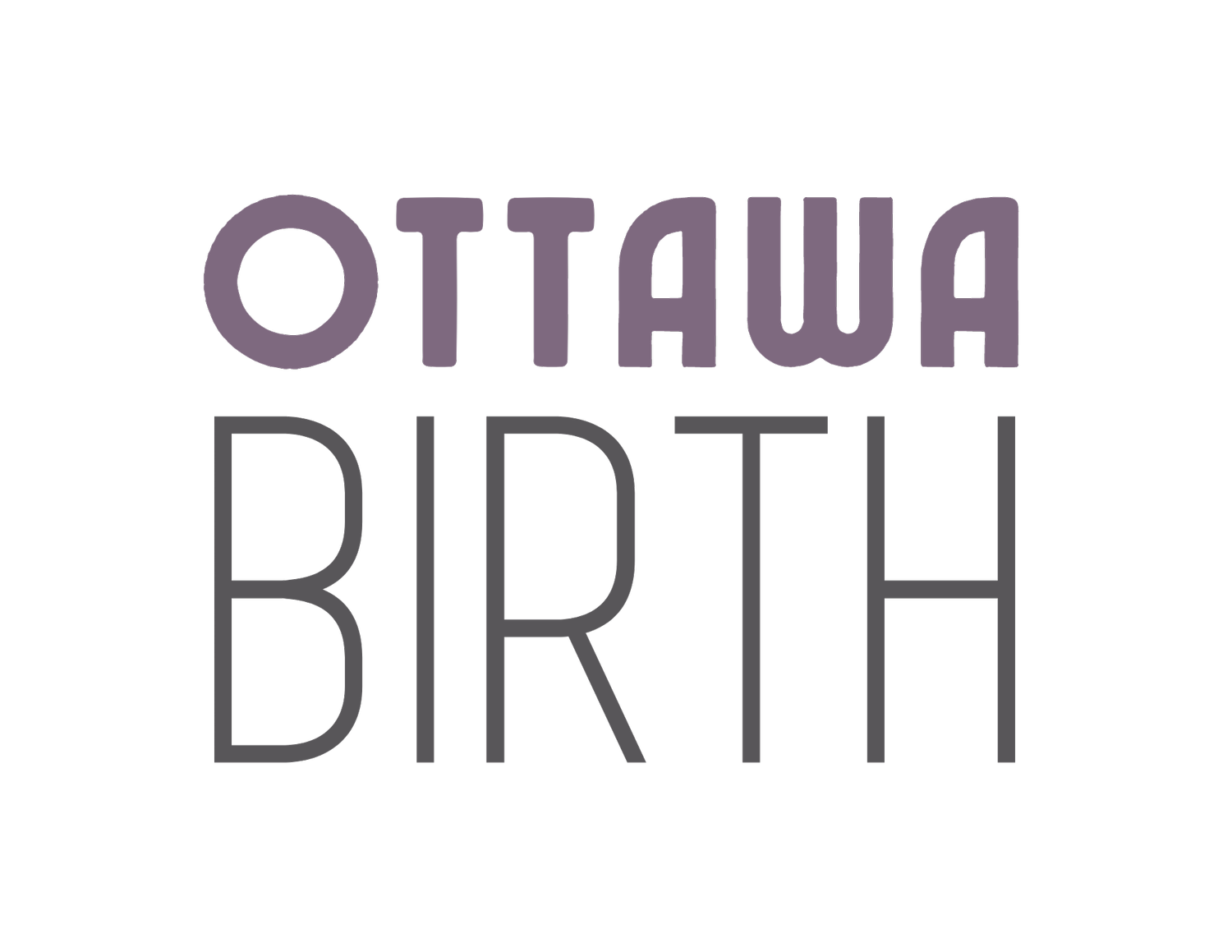What is the APGAR score?
You've probably heard of the APGAR score but do you have any idea what it means, where it comes from and why it's an important tool? I've got you covered!
The APGAR score was developed in 1952 by an American obstetrical anesthesiologist named Dr. Virginia Apgar. She was the first female full professor at Columbia University College of Physicians and Surgeons when she developed the method of quickly assessing a newborn’s condition at 1 & 5 minutes after birth.
The APGAR score is often also known by its acronym:
Appearance- skin colour
Pulse- heart rate
Grimace- reflexes
Activity- muscle tone
Respiration- breathing rate and effort
They rate each of these factors between 0-2 (2 being the best) and then add all 5 together to achieve a score between 0-10. They do this at 1 minute and again at 5 minutes after birth. If the score is low, they assess again at 10 minutes.
Below is a chart showing the different values.
A score of 7 or above usually means that the baby is in good health. Very few babies score a perfect 10 since many are born with bluish hands and feet until they are warmed up. A low score doesn't mean that a baby is unhealthy or at risk, it could just mean that he or she needs some extra attention.
So for example, if a baby is born and after 1-minute hands are blue, his pulse is over 100 beats per minute, when suctioned he moves his head away and kicks his legs and only has a weak cry; he would have an Apgar score of 8. Then, if at 5 minutes everything is the same but his cry had gotten stronger he would move up to a 9. He would be considered to be in good health.
It's not uncommon for babies born by cesarean, long labour or high-risk pregnancy to have a lower score at the 1-minute mark. The test can be done either on the mother or on the warmer, so don't worry about it ruining your birth plans.
Remember that the APGAR score DOES NOT predict the long-term health of your child and is used as a tool for your care providers to assess your baby in the moment.
After all, baby is still adjusting to the outside world.



